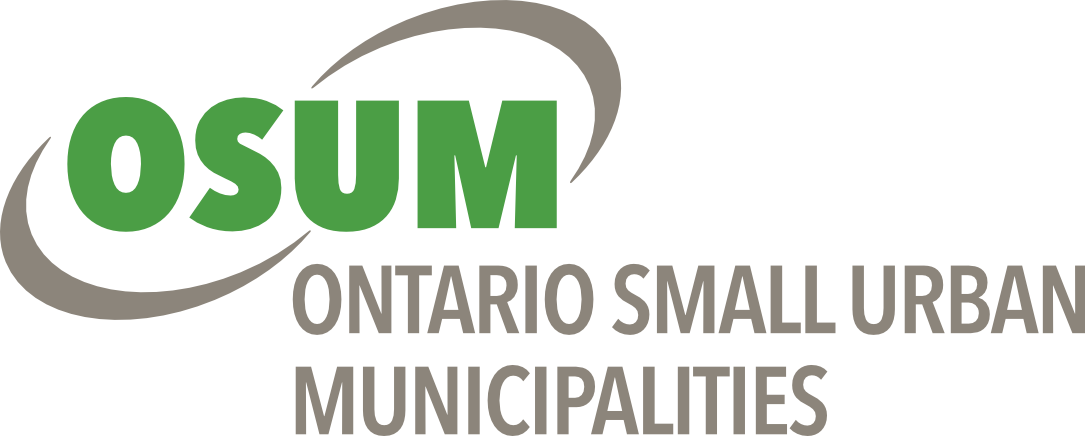Preparing to Present your Municipal Insurance Renewal
By Shannon Devane
Program Manager – Municipal Risk Management, LAS
At year end, many municipalities are preparing to receive their annual insurance renewal. While risk managers and their colleagues hope for smooth renewals with modest changes to premium, coverage, and deductibles, that isn’t always the case. Difficult market conditions combined with other factors such as claims experience and growth can result in an overall increase in premium that requires attention from senior leadership. To communicate your renewal results, consider breaking down the changes by type. For example, the addition of a building will result in a higher premium even if the property rates remain the same. The same is true for the addition of vehicles to the municipal fleet. Identify this growth for the organization. If you have received a higher premium but all other factors are equal, that is the result of a rate change. The growth in your risk profile and the rate changes are good data points to present.
.png) In today’s economic climate, increasing building costs are forcing building values on municipal asset lists to increase. The 2022 second quarter building construction price index was +5.3%. A construction price index should be reflected in your municipal asset list. A recommended best practice is securing asset valuation with a third-party valuation/appraisal firm. This will provide comfort for both the insurer and the municipality that all assets are insured to value. This is critical. Discovering an asset has been underinsured can cause difficulties during a claim settlement. Some policy wordings may contain penalties for underinsured assets. If your premium has increased due to a rise in replacement value for municipally owned assets, you can provide the rationale for insuring all assets to value and how this reduces financial risk for the municipality.
In today’s economic climate, increasing building costs are forcing building values on municipal asset lists to increase. The 2022 second quarter building construction price index was +5.3%. A construction price index should be reflected in your municipal asset list. A recommended best practice is securing asset valuation with a third-party valuation/appraisal firm. This will provide comfort for both the insurer and the municipality that all assets are insured to value. This is critical. Discovering an asset has been underinsured can cause difficulties during a claim settlement. Some policy wordings may contain penalties for underinsured assets. If your premium has increased due to a rise in replacement value for municipally owned assets, you can provide the rationale for insuring all assets to value and how this reduces financial risk for the municipality.
If one policy is impacting the overall program, isolate that policy and provide context for the increase. For example, if your cyber policy has increased significantly, highlight that increase. Your provider can help to explain the market conditions and any other factors that might be specific to your municipality.
If your deductibles or self-insured retentions on one or more policies has increased, flag this for your team. While the below deductible budget won’t be impacted immediately, you will need to work with finance to plan for the gradual increase of below deductible costs as you bear additional financial responsibility for each claim. This will take anywhere from three to five years to come to bear, depending on the claims received.
If you are writing a report, consider focusing on overall market conditions as opposed to surrounding municipalities experience. It really isn’t comparing apples to apples if you don’t know what their growth was and what their loss experience is. Instead, focus on the market conditions and the lack of competition. There are currently four companies that can place insurance for municipalities: Intact Public Entities, Marsh, Aon, and BFL. Prior to the next renewal, recommend an actuary study that will provide a 360-degree view of your current program including your technical premium (what your risk costs).





